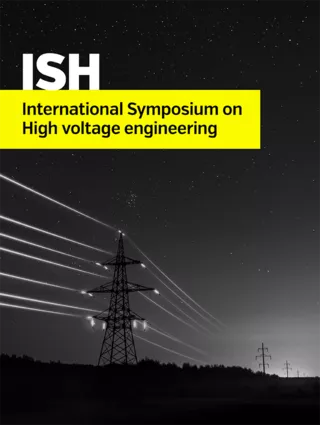Summary
The Metal Oxide Surge Arresters are essentials devices in the protection of power electrical systems against external or internal overvoltages. Eventual fails in surge arresters can lead to unscheduled shutdowns, damages to others equipment in substations and death risk to professionals. These reasons show the importance of monitoring surge arresters in the field, in order to predict possible fails. In this study, we performed the statistical classification of partial discharges signals in ZnO surge arrester. For this, some artificial defects were created in equipment, guaranteeing the occurrence of partial discharges and allowing the correlation between defects and partial discharges patterns. A high frequency current transformer was used as a sensor for partial discharges measurement on the high voltage setup. The collected signals were denoised using the wavelet shrinkage technique, with automatic determination of the best wavelet topology. Then, the pulses were identified and phase resolved partial discharge patterns were created for each simulated defect. Statistical parameters such as peak value, average, standard deviation, skewness and kurtosis were obtained from the patterns for the pulses in each voltage semi-cycle. The statistical parameters were used to feed an artificial neural network (a multilayer perceptron), and the capacity of the network in identifying the surge arrester defects was evaluated. For that, an algorithm for determination of the most suitable number of neurons in each artificial neural network hidden layer was employed. The network's global accuracy was evaluated through the classification confusion matrix. The results obtained indicated that the algorithm for determination of the number of neurons was successful in maximizing the accuracy. It was verified that a high number of neurons do not necessarily represents a good topology. In several cases, great number of neurons presented poor performance, when compared with simplified topologies. Therefore, it was verified the need of evaluating the number of neurons in each hidden layer. From the optimization carried out, it was verified that best accuracy obtained was 94.2%. Therefore, the neural network achieved a good capacity in identification of defects in the surge arrester, including classification of defects with similar statistical parameters.
Additional informations
| Publication type | ISH Collection |
|---|---|
| Reference | ISH2017_305 |
| Publication year | |
| Publisher | ISH |
| File size | 1 MB |
| Pages number | 6 |
| Price for non member | Free |
| Price for member | Free |




